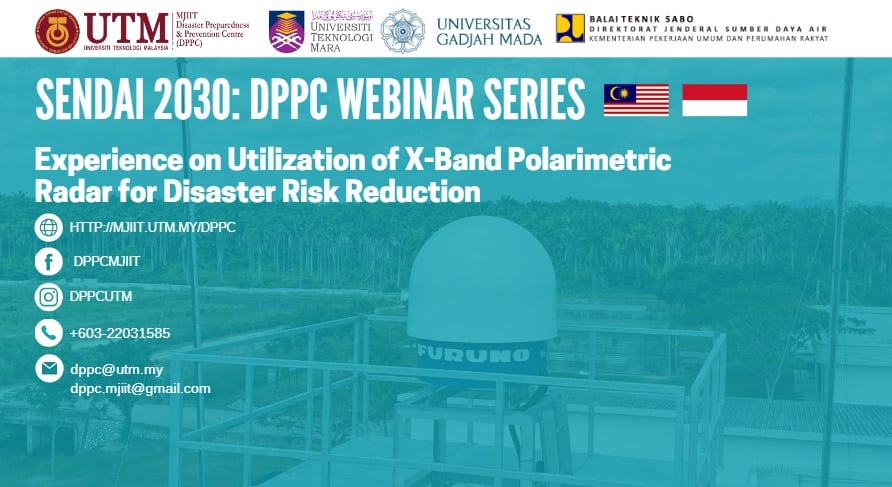Kuala Lumpur, 2nd July 2024 – The Disaster Preparedness and Prevention Center (DPPC), Malaysia-Japan International Institute of Technology (MJIIT), Universiti Teknologi Malaysia (UTM) successfully hosted the “Sendai 2030: DPPC Webinar Series focusing on the utilization of X-Band Radar Polarimetric (XBP) radar for Disaster Risk Reduction and Resilience (DR3) with the support of Universitas Gadjah Mada (UGM), Indonesia, Ministry of Public Works and Public Housing, Indonesia and Universiti Teknologi MARA (UiTM) Cawangan Negeri Sembilan.
The webinar series which took place virtually via Cisco Webex, gathered a diverse audience of policymakers, city planners, disaster managers, professionals, practitioners, researchers and students. A total 106 participants joined the webinar aiming to enhance scientific knowledge, foster innovation and promote educational networking in the application of disaster science and technology.
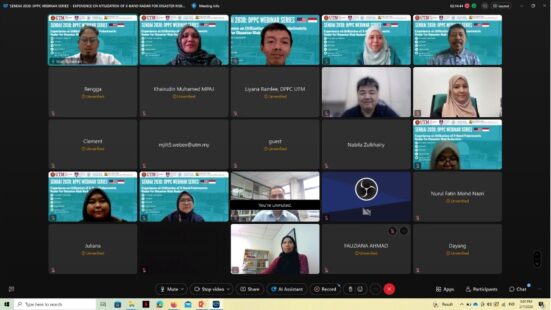
The XBP radar system, a major emphasis of the webinar, is known for its dual polarisation capabilities, which provide high-resolution data required for reliable weather monitoring. This device, which was originally implemented at UTM Pagoh Campus in October 2023, has proven beneficial in gathering real-time data on rainfall distribution for 1-2 minutes, assisting with disaster preparedness and response activities. Rainfall data in.csv and.png formats were collected alongside other seven categories of data, such as raindrop velocity across a 70-kilometer radius encompassing four states (Johor, Melaka, Negeri Sembilan, and Pahang).
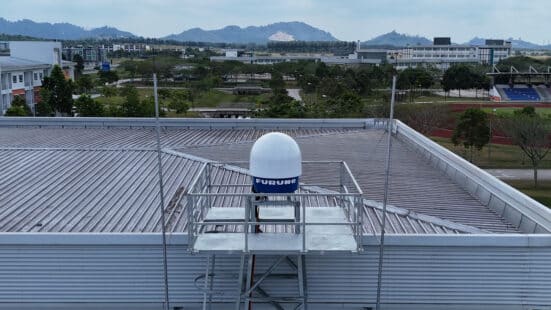
The webinar featured noteworthy experts from several institutions who offered their knowledge and experience with XBP radar technology. Dr. Nooradilla Abu Hasan, a senior lecturer at UiTM Seremban and an associate member of the DPPC, moderated the webinar. Prof. Ir. Dr Adam Pamudji Rahardjo of UGM, Indonesia, was the webinar’s first presenter, discussing his research on employing X-Band Multi-Parameter (MP) radar based on his experience on the mount Merapi slope. His research focused primarily on raindrop intensity and was supported by Doppler velocity measurements. He also noted that incorporating 3D structures or droplets in nowcasting is critical for improving our understanding of flash flood early warnings.
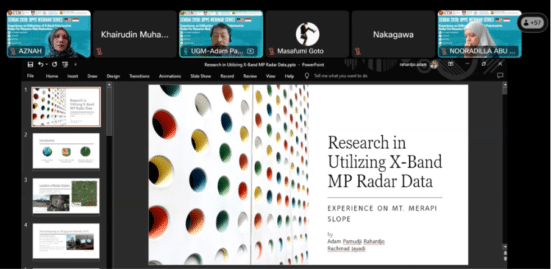
Dr. Santosa Sandy Putra from Sabo Engineering Office, Ministry of Public Works and Public Housing, Indonesia, presented a real-world case study of the Merapi Volcano Area, Indonesia, on the use of XBP radar to reduce catastrophe risk. Following the volcanic erosion, the Indonesian government erected the EWR E700 PDR Series Portable Doppler Radar at Sabo Engineering Office in 2012, followed by the WR-2100 X-Band MP at Museum Merapi in 2014 as part of the Merapi SATREPS Project. He has highlighted the establishment of an institution as well as the building of collaborations with numerous authorities in order to investigate the use of the X-Band MP’s rain performance.
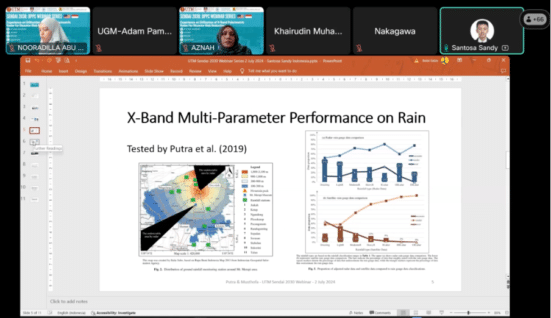
The DPPC has met with stakeholders such as the National Flood Forecasting and Warning Centre (PRABN) and the Malaysian Meteorological Department (Met Malaysia), both of whom expressed interest in employing XBP radar to forecast and nowcast weather. Through this webinar, Dr. Khamarrul Azahari Razak, Director of DPPC, stated that DPPC welcomes stakeholders to share ideas for future improvements and collaboration in support of our commitment to the Sendai Framework for Disaster Risk Reduction 2015-2030 (SFDRR2030) and insight on current technology for Disaster Risk Reduction and Resilience (DR3).


